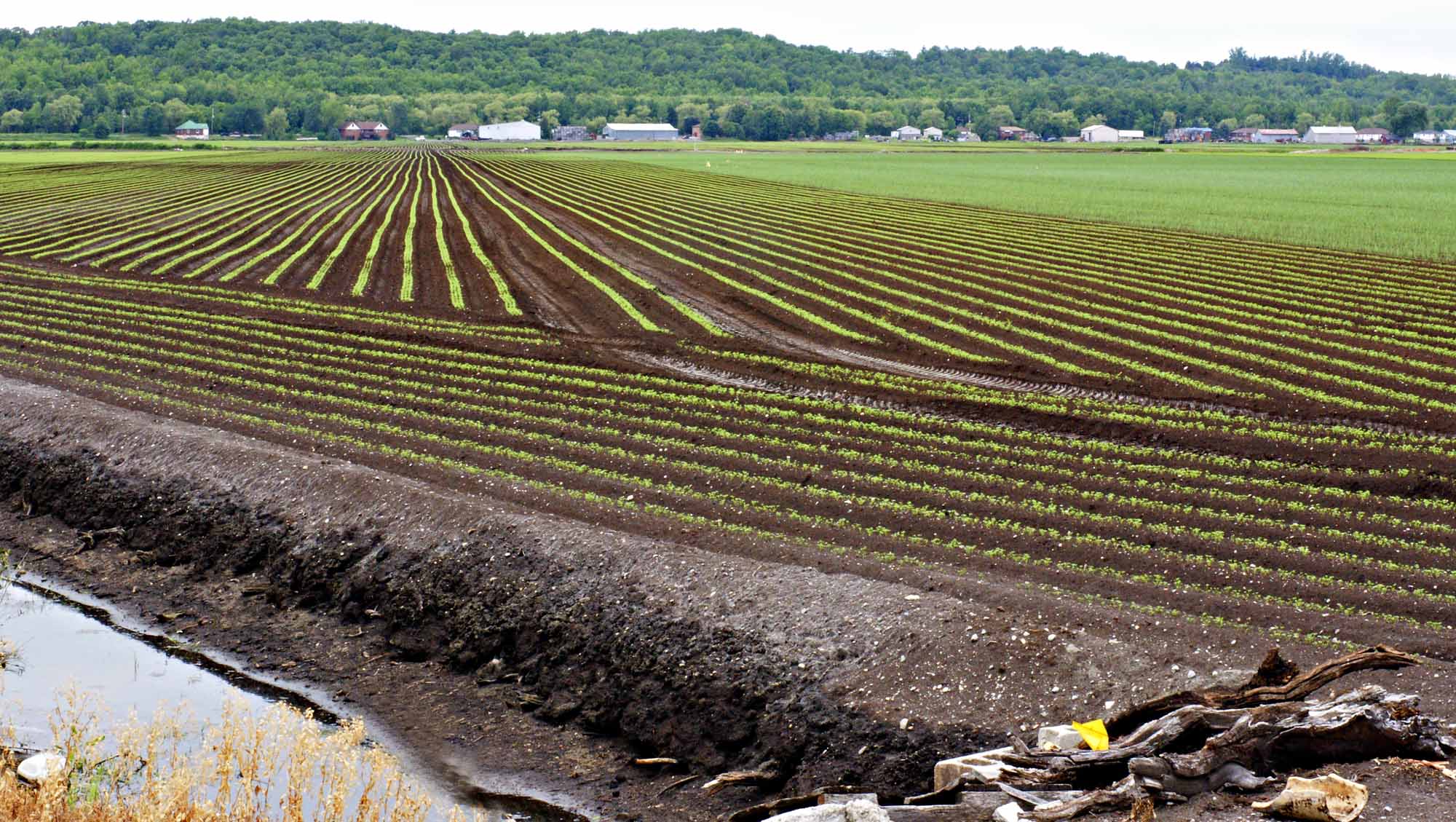Article
Snow
The size of a snowflake is related to how far the snowflake has fallen from the sky and to how well colliding snow crystals stick to each other. The largest snowflakes are usually observed near 0° C because of the increased forces of adhesion at these temperatures.












